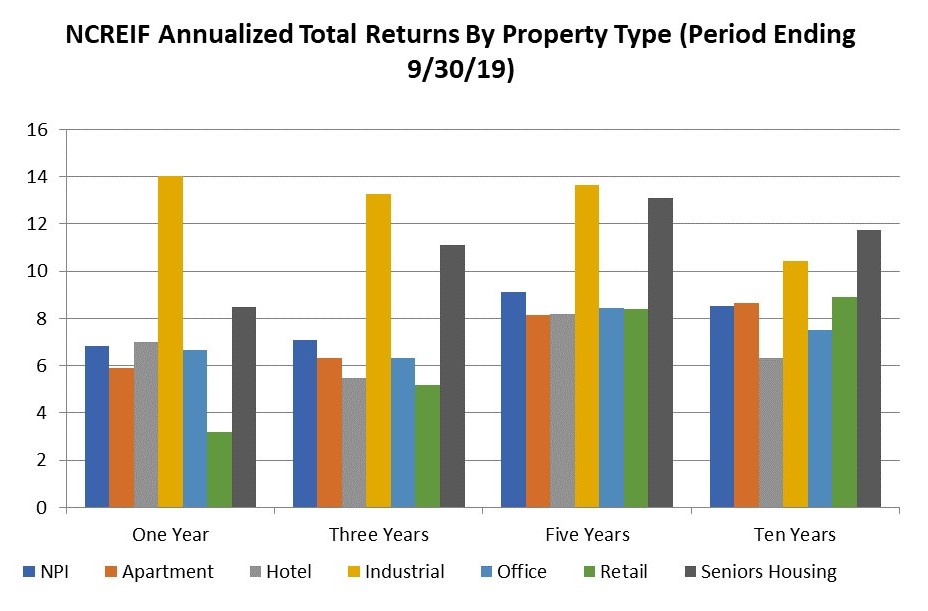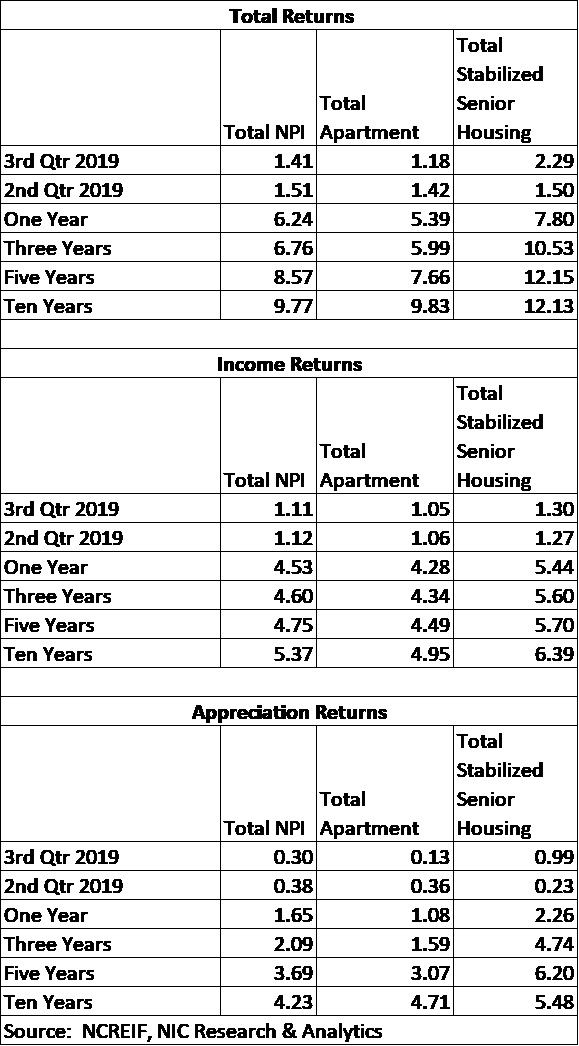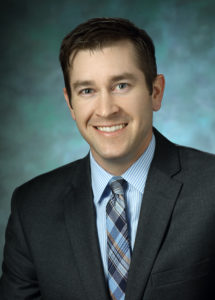When NIC founder and strategic advisor Bob Kramer returned from a recent trip to Milwaukee he was clearly inspired, energized, and as hopeful as ever for the future of seniors housing in America. He’d been invited to witness the October 8th unveiling of Direct Supply’s newly renovated and expanded Innovation & Technology Center (ITC) on the Milwaukee School of Engineering (MSOE) campus – and was blown away by what he’d seen there.
The ITC is developing exciting new solutions with real-world, practical applications that can make a difference both in the care that seniors receive, and in the efficiency and effectiveness of the organizations that care for them. As Kramer posted on LinkedIn:
“I just attended the Grand Opening of Direct Supply’s Innovation & Technology Center, where they’re addressing such questions as: “What if a care environment could talk? If so, what is it telling us?” with some incredible tech, such as radar and artificial intelligence. This approach addresses privacy issues and doesn’t require wearables – and it could positively impact workflow patterns, enabling staff to be more efficient and effective in the face of workforce challenges.”
Wisconsin Governor Tony Evers, who also attended the event, was excited about the impact the ITC will have on his state, as a national center for innovation: “Direct Supply is helping lead the way for innovation in Wisconsin. By connecting MSOE students directly with their industry leading expertise in the critical and growing field of senior care, Direct Supply is building a national hub for applied research, and helping train the next generation of Wisconsin innovators.”
The $14 million renovation of the 55,000 square foot facility has yielded a powerhouse center for innovation that is likely to have a real impact on how we care for America’s seniors, and on solving many of the key challenges facing the sector today. The facility itself is a beautiful “old-meets-new” renovation of a historic building initially erected in 1851, as a school for teaching English to an incoming tide of German immigrants. It is not only an attractive workspace, however. The facility has been custom-designed to house over 200 engineers, working in partnerships with startups, universities, and “progressive care providers” to develop technology-based solutions for senior care.
Behind the project is Direct Supply, a major provider of equipment, furnishings, environmental products, and many other categories of products commonly found in seniors housing and care properties, including technological solutions. “Senior care is at a major inflection point,” said Tom Paprocki, managing director of the ITC. “Demographic shifts, generational preferences and systemic financial constraints are all converging, and they cry out for practical technologies and innovation that will transform care. The building is awesome, but it’s the work we’re doing here that matters. We’re here to shake things up in a major way.”
The company initially launched the ITC in 2012 as a means to involve Milwaukee School of Engineering students and professors in research projects. Since that time, the ITC has grown, vetting and testing thousands of potential solutions to the problems in senior care, and yielding a growing list of proprietary solutions and software along the way. The program has the added benefit of producing a steady supply of new talent for the company, which has been expanding its e-commerce and technology solutions output in recent years.
The seniors housing and care sector will be asked to do more with less in coming years, and the deployment of efficient, effective technologies is likely to play a major role in the solutions to a multitude of challenges. As millions of aging baby boomers begin to make their presence felt, the industry will have to meet their often industry-changing demands, all while dealing with staff shortages, changes in payment policies, the impact of healthcare reform, and the need for hundreds of thousands of new units to be built across the nation. To have this type of center that is focused on developing real-world solutions to these and other challenges facing senior care and senior living, increases the chances that the sector will find and deploy solutions that will improve access and care for America’s seniors.
Enabling qualified staff to focus on the aspects of resident care that best make use of their time, rather than spending valuable time on tasks that tech can accomplish, is already a focus of research. Deploying technology that uses advanced sensor technology, coupled with artificial intelligence, to predict and help staff prevent falls, infections, or failures to medicate, for example, could make a real difference not only in the experience and wellness of residents, but in workflow patterns. Savings in staffing costs, which make up 60% or more of the operating costs of a typical seniors housing property, could contribute to lower overall costs for residents, a major issue highlighted in the landmark NIC-sponsored “Forgotten Middle” study released this year.
Given the nature of the challenges facing the sector, and the significant impact that seniors housing and care will have on the national economy in coming decades, the ITC is likely to play a major role in the industry’s makeup as it adapts. As Kramer opined in his post, “We are truly fortunate to have an innovation center like this, totally devoted to issues around senior care and senior living.”



 I recently joined the Outreach team with National Investment Center (NIC) following a career in acute-care hospital and ambulatory operations with a large academic medical center. My previous focus was on patient throughput strategies, EHR optimization, telemedicine implementation, value-based care, and lean deployment throughout our organization. I join NIC in the hope of bringing a perspective on how hospitals and health systems can collaborate with the senior housing and skilled nursing sector to increase value, improve care, and ultimately provide a better patient experience. With the implementation of CMS’ Patient Driven Payment Model (PDPM), I am also able to serve as an expert in industry transition to quality-based reimbursement.
I recently joined the Outreach team with National Investment Center (NIC) following a career in acute-care hospital and ambulatory operations with a large academic medical center. My previous focus was on patient throughput strategies, EHR optimization, telemedicine implementation, value-based care, and lean deployment throughout our organization. I join NIC in the hope of bringing a perspective on how hospitals and health systems can collaborate with the senior housing and skilled nursing sector to increase value, improve care, and ultimately provide a better patient experience. With the implementation of CMS’ Patient Driven Payment Model (PDPM), I am also able to serve as an expert in industry transition to quality-based reimbursement.
